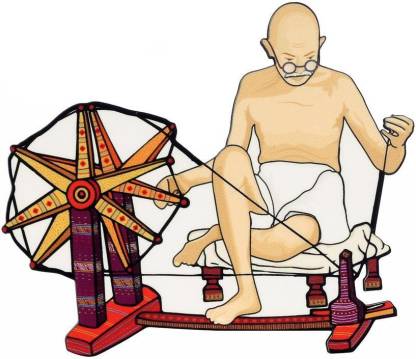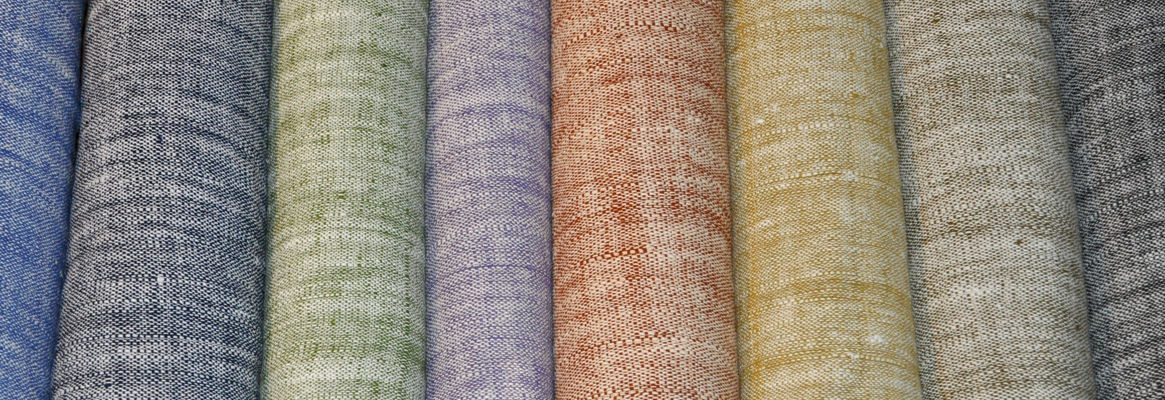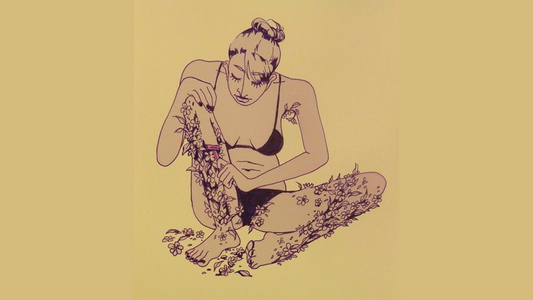
Journey of Khadi- From Freedom to Fashion
When one says Khadi, they bring up myriads of emotions! History yields some very interesting facts about Khadi.
History of Khadi
Just as many other handicrafts or handlooms, Khadi’s meaning and relation to India’s freedom struggle is glorious to say the least. The splendor and vividness of this Indian fabric had a special acceptance until Britain started buying cotton at cheap prices from India to sell machine-made fabric at higher costs to rest of the world. The increasing popularity of textile mills and cheap clothes seized the Indian market until Gandhiji revived Khadi industry and empowered the use of handspun and handwoven products during the Swadeshi movement. He saw Khadi as not only a means to strengthen the economy of the nation, but also a way towards self-reliance and resilience. The Khadi movement in which Gandhiji boycotted the foreign cloth and promoted spinning of Khadi for rural employment became a symbolic movement that moved beyond instant benefits into a higher philosophical rhetoric.

Gandhiji actively encouraged the idea of spinning one’s own cloth as an action against the foreign oppressive policies. He himself began wearing only dhoti and started spinning his own yarn. The spinning wheel thus became a revolutionary symbol and an integral part of the India’s freedom struggle.
By the early 90’s, this fabric of freedom had started becoming a fashion statement. The first Khadi fashion show in India was organized by Khadi and Village Industries Commission (KVIC) in 1989 at Bombay where over 80 styles of Khadi wear were showcased. In 1990, the brilliant designer-entrepreneur Ritu Beri presented her Khadi collection propelling the fabric into big league and herself into being an advisor to KVIC.

Designer Ritu Kumar has been using this “poor man’s cloth” for over a decade and so has the biggest and brightest proponent designer Sabyasachi Mukherjee who has used it in almost all his collections. He uses this fabric to craft bridal ensembles that look like they could be worn by royalty. Designer Payal Jain believes that Khadi can be fashionable and used to create a variety of cool silhouettes including western, Indian, and even couture. Anju Modi has used this fabric to create fusion silhouettes like peplum kurtas with dhotis while Rohit Bal has crafted bridal lehengas out of it. Khadi is also being combined with other Indian crafts; Raghuvendra Rathore has combined it with dori work, Abu Jani Sandeep Khosla have combined it with chikankari, Label Metaphor Racha has done modern hand dyeing.

The production of Khadi employs thousands of rural skilled artisans, 70% of them are women. It is a key source of income for the rural poor. The new age khadi products in India cannot be called cheap. For example, dyed raw Khadi silk fabric costs more than Rs 800 per metre. But wearing Khadi is not just about being fashionable and trendy but it's more of having a conscience and promoting sustainable fashion. Hand spinning and hand weaving has been around for thousands of years, thus, making the artistry of Khadi primeval.

Kamakhyaa is driven by the spirit to bring the emporium of Khadi fashion, which combines ethical craftsmanship and honored designs to encapsulate timeless fashion. We support sustainable practices and aim at nurturing the beauty of traditional artistry thus empowering local artisans. We strive to make Khadi, the fabric of empowerment, an integral part of the fashion industry and boost the livelihood of rural artisans by promoting and preserving our heritage for the value it holds to us and the generations to come.
Let’s have faith towards having a better and a shared future, let’s espouse Khadi, let’s celebrate the power of dreams and desires! Check out our Khadi collection here.




